Military
4 Alternatives to Dropping the Bomb on Japan, and Why the U.S. Didn't Pursue Them
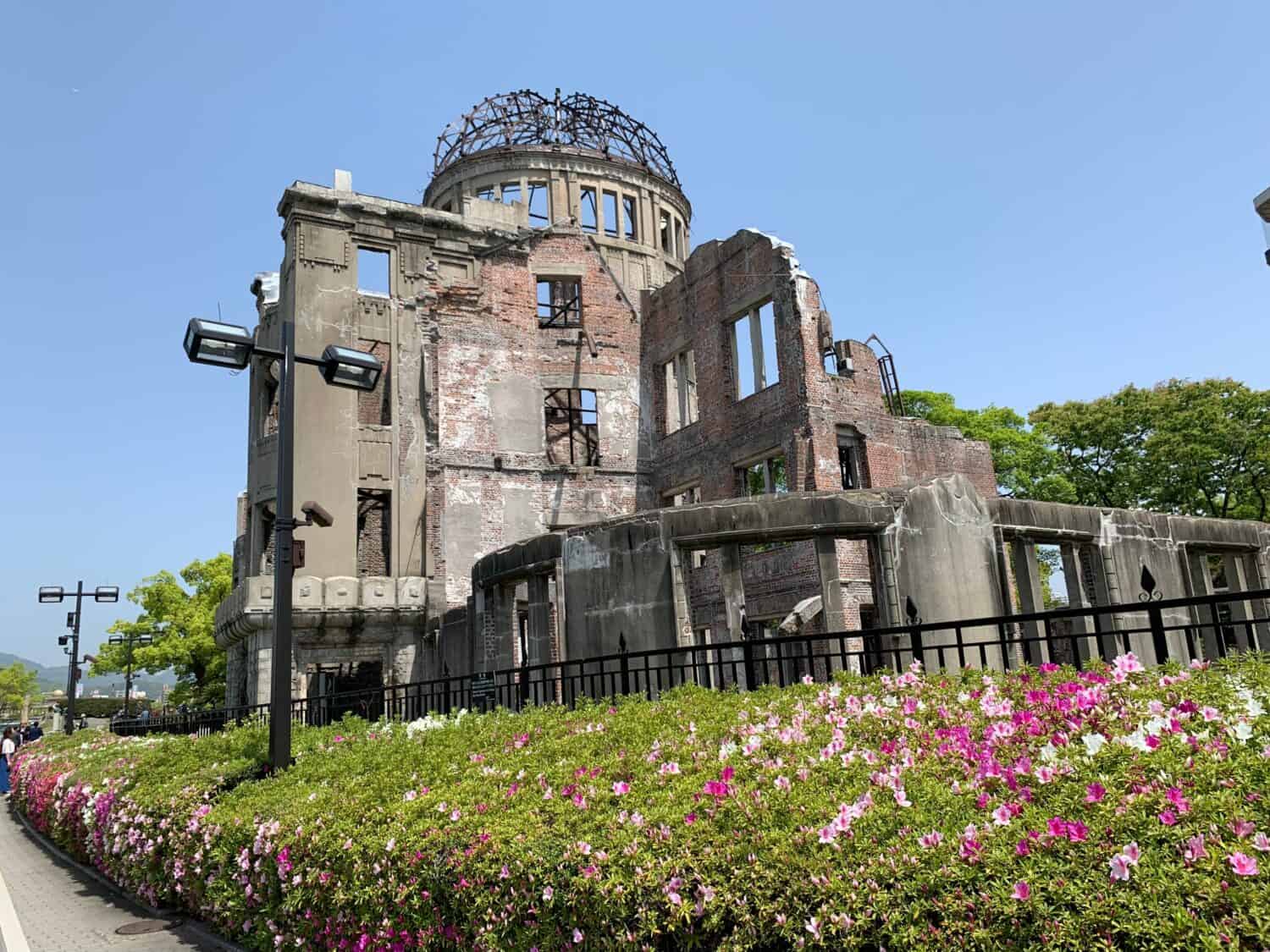
Published:

Today, 9 countries wield nuclear weapons with the cumulative power to end human civilization in minutes. Yet in the nearly 80 years this technology has been in existence, the only country that has used them in war is the United States. It’s a decision that has only become more controversial with the passage of time. What were the alternatives to the American decision to nuke Japan and why wasn’t one of them chosen? The answer might help us understand why we could be closer than ever to seeing these doomsday weapons used again in crisis spots in today’s world.
The U.S. decision to use the atomic bomb was motivated by a desire to save American lives, end the war quickly, and to send a warning to the Soviet Union.
Similar calculations could lead to the use of tactical nuclear weapons in one or more of today’s global hotspots.
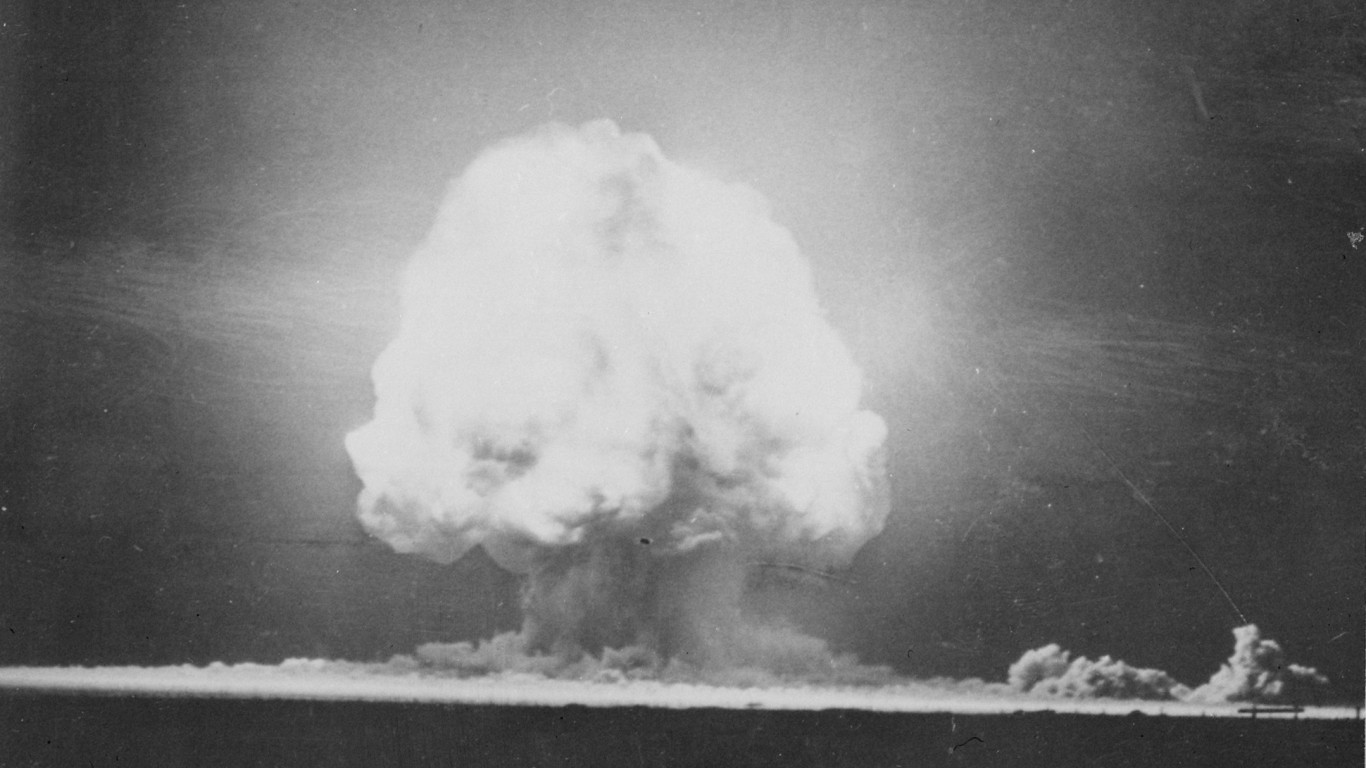
The theory that nuclear fission could be used to create a powerful bomb was not unique to the United States. Germany was also in the process of researching this idea but fell behind in the technological race. J. Robert Oppenheimer and Enrico Fermi were two of the geniuses behind the American breakthrough, culminating in the Trinity Test on July 16, 1945 (pictured above). Germany had already surrendered in May of that year, but the U.S. decided to use the bomb to force Japan to capitulate as well.

Learning of the successful test of the bomb just three months after taking office, president Truman wrote in his diary, “We have discovered the most terrible bomb in the history of the world . . . We ‘think’ we have found a way to cause a disintegration of the atom . . . This weapon is to be used against Japan between now and August 10th. I have told the Sec. of War, Mr. Stimson, to use it so that military objectives and soldiers and sailors are the target and not women and children . . . We will issue a warning statement asking the Japs to surrender and save lives. I’m sure they will not do that, but we will have given them the chance. It is certainly a good thing for the world that Hitler’s crowd or Stalin’s did not discover this atomic bomb. It seems to be the most terrible thing ever discovered, but it can be made the most useful.”
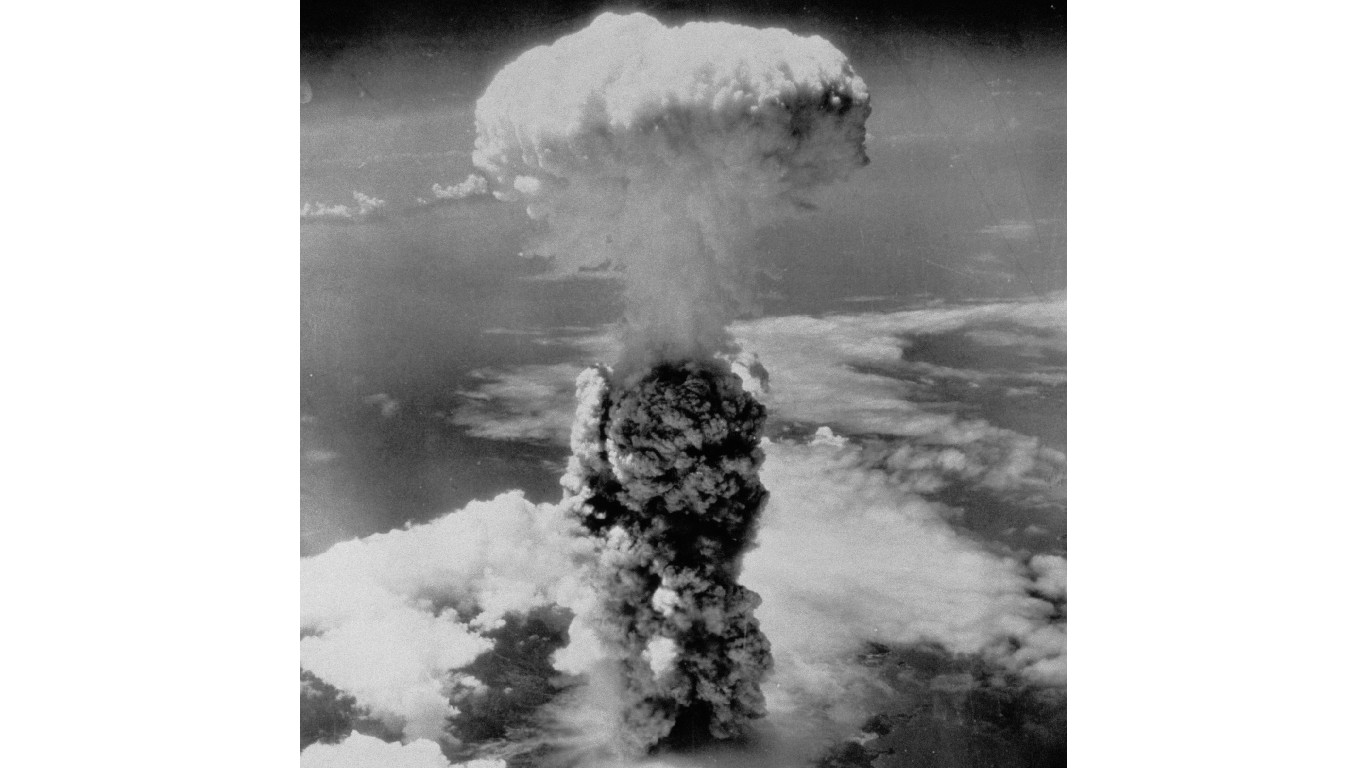
The U.S. dropped the first atomic bomb, “Little Boy,” on Hiroshima, Japan on August 6, 1945. It was a uranium-based bomb with an explosive power of about 15 kilotons, which would be considered a battlefield tactical nuclear weapon today. 40% of the population, about 80,000 people, died instantly, with tens of thousands more dying of injuries and radiation sickness in the following months. Approximately 60% of the city’s buildings were completely razed and another 30% were damaged.
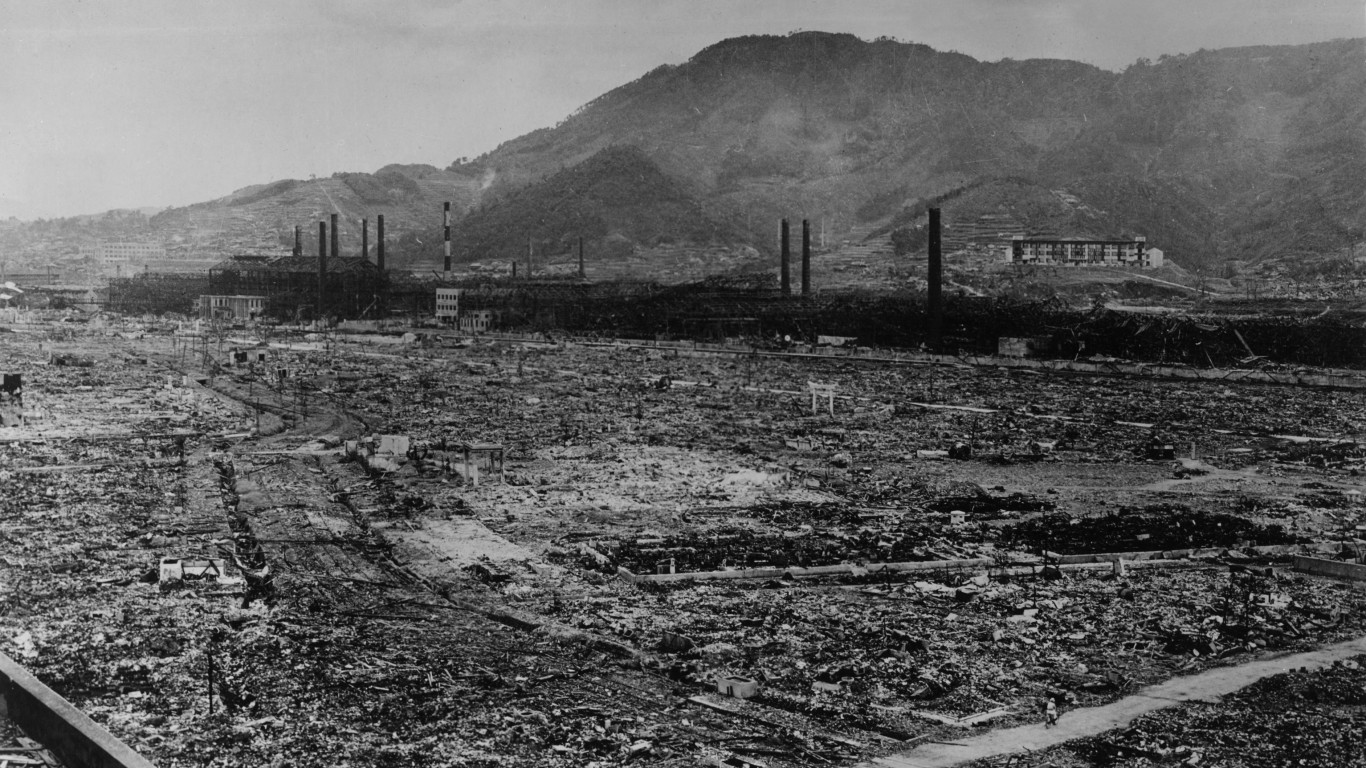
Three days later, on Aug. 9, the U.S. military dropped a second bomb, a plutonium weapon named “Fat Man,” on Nagasaki. The original target had been Kokura, but bad weather caused the military to divert to its backup plan instead. Cloud cover in Nagasaki as well resulted in the bomb exploding off-center from its target, leading to a lower death toll of about 15% of the population, or 40,000 people. About 80,000 dying later of injuries and after-effects.
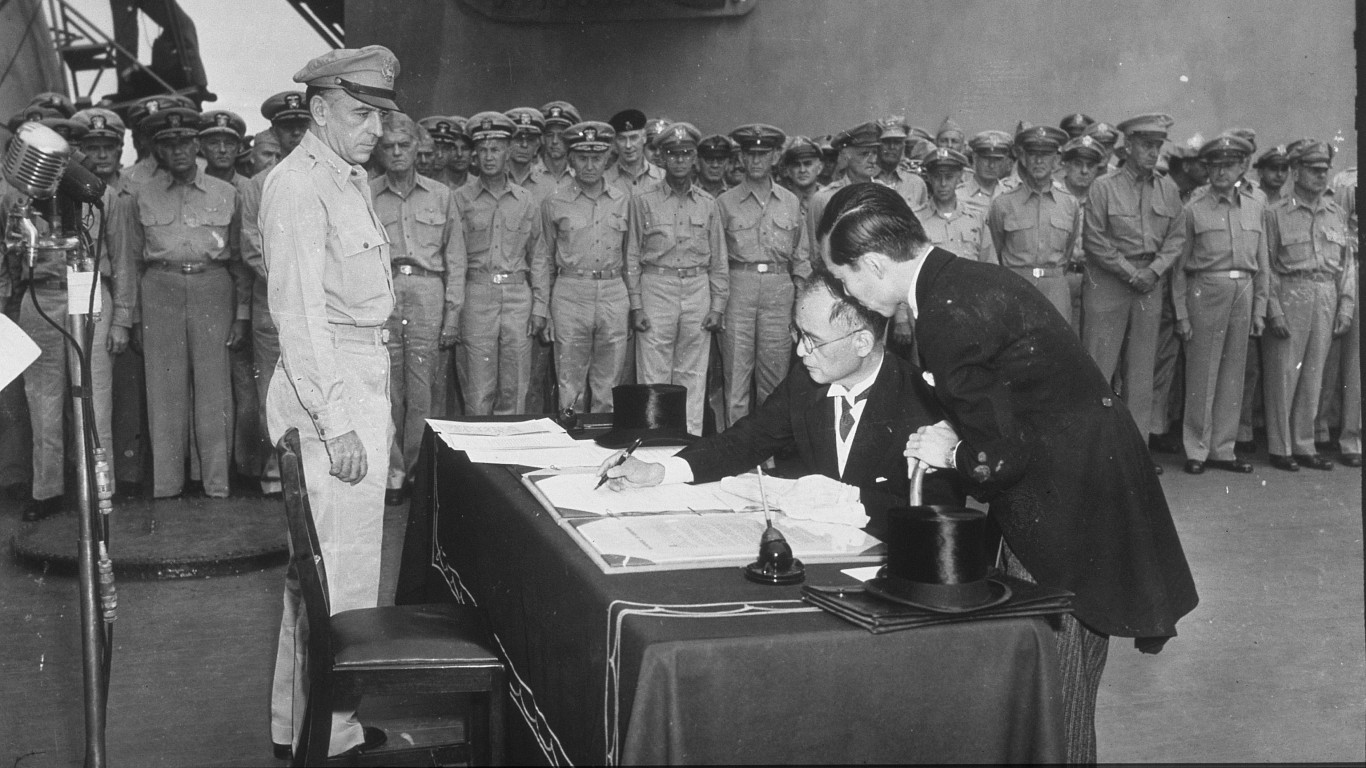
Six days later, on August 15, 1945, Emperor Hirohito announced Japan’s unconditional surrender. American troops began landing in the country on August 28 and General Douglas MacArthur was appointed Supreme Commander over the occupation and reconstruction of the country into a pacifistic democracy.
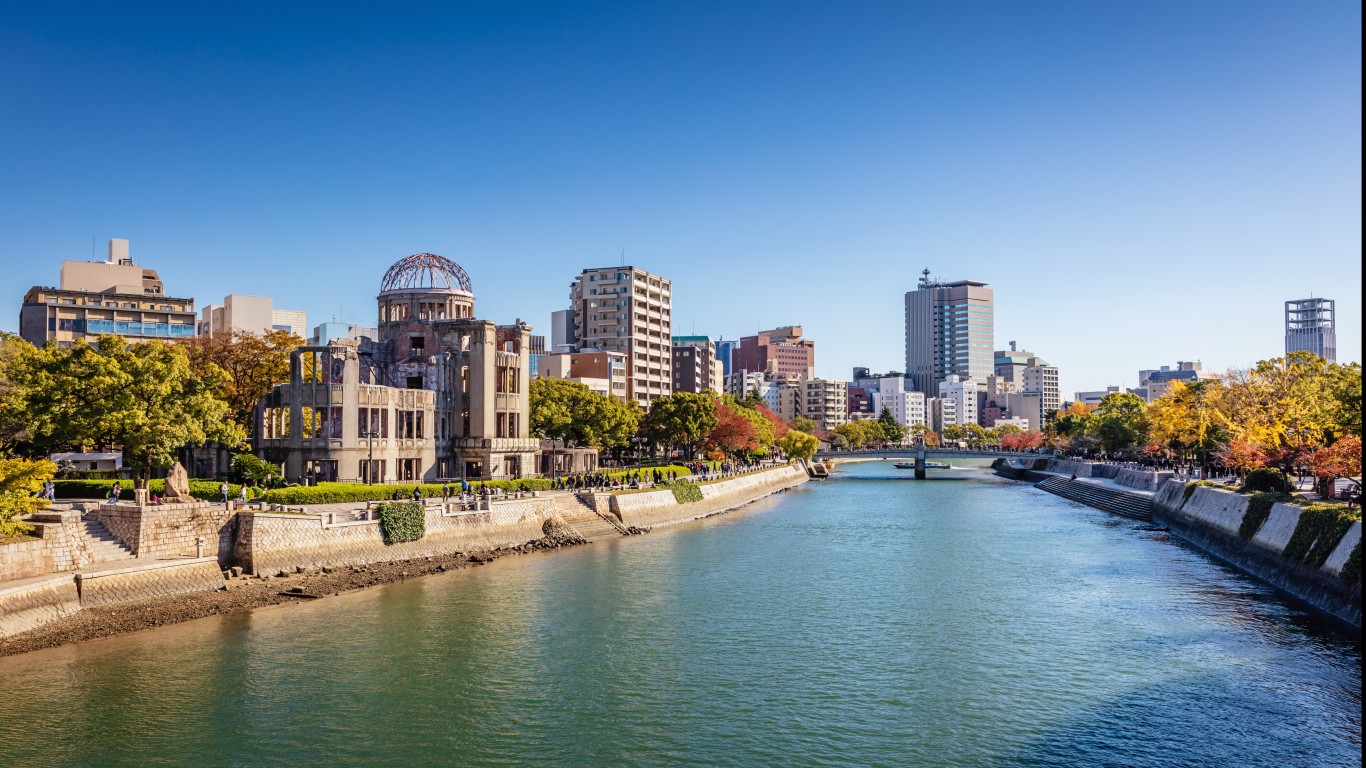
Cleanup and reconstruction in Hiroshima (pictured above) and Nagasaki began almost immediately, as 80% of the radiation disbursed within the first 24 hours. Both cities were considered largely restored by the 1950s. Today the radiation levels there just reflect the normal background radiation found all over the Earth. For the human population, however, cancers, birth defects, persisted for decades, not to mention enduring psychological trauma.
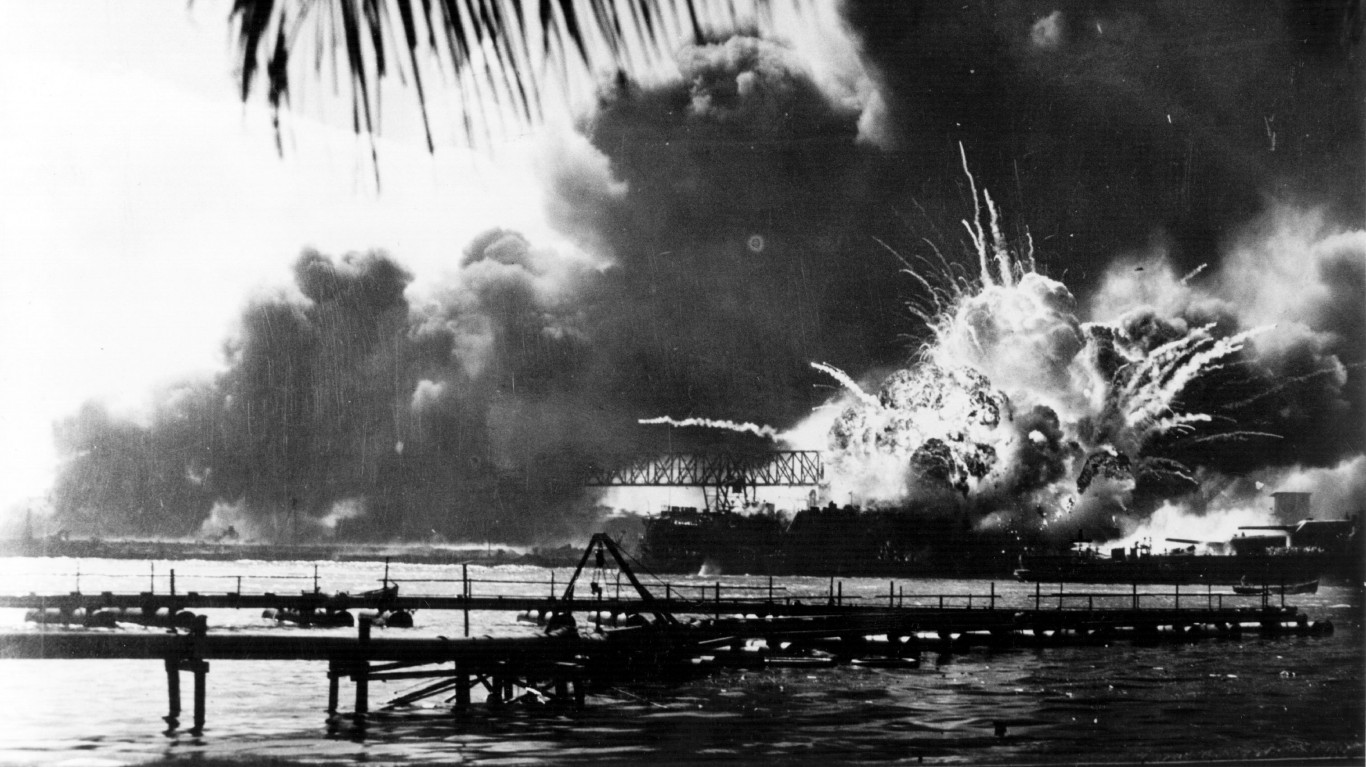
These were some of the considerations that led to Truman’s decision to use the atomic bomb:
So what were the alternatives?

One alternative to using the atomic bomb was to continue the war with conventional weapons. This could have included a sustained bombing campaign of Japan and/or a ground invasion.
Pros: The horror of suddenly destroying entire cities would be avoided. There would be no radiation after-effects. A taboo against the use of nuclear weapons could have been established for the world.
Cons: Conventional bombing could have cost more lives, not less, than the atomic bombs. On the night of March 9-10, 1945, 100,000 people in Tokyo died and 1 million were left homeless from American conventional firebombing. Japan’s tenacity in fighting for even small islands the U.S. invaded in the Pacific led to estimates of as many as 900,000 U.S. casualties during a ground invasion of the Japanese home islands, with losses many times higher than that for Japanese military personnel and civilians.
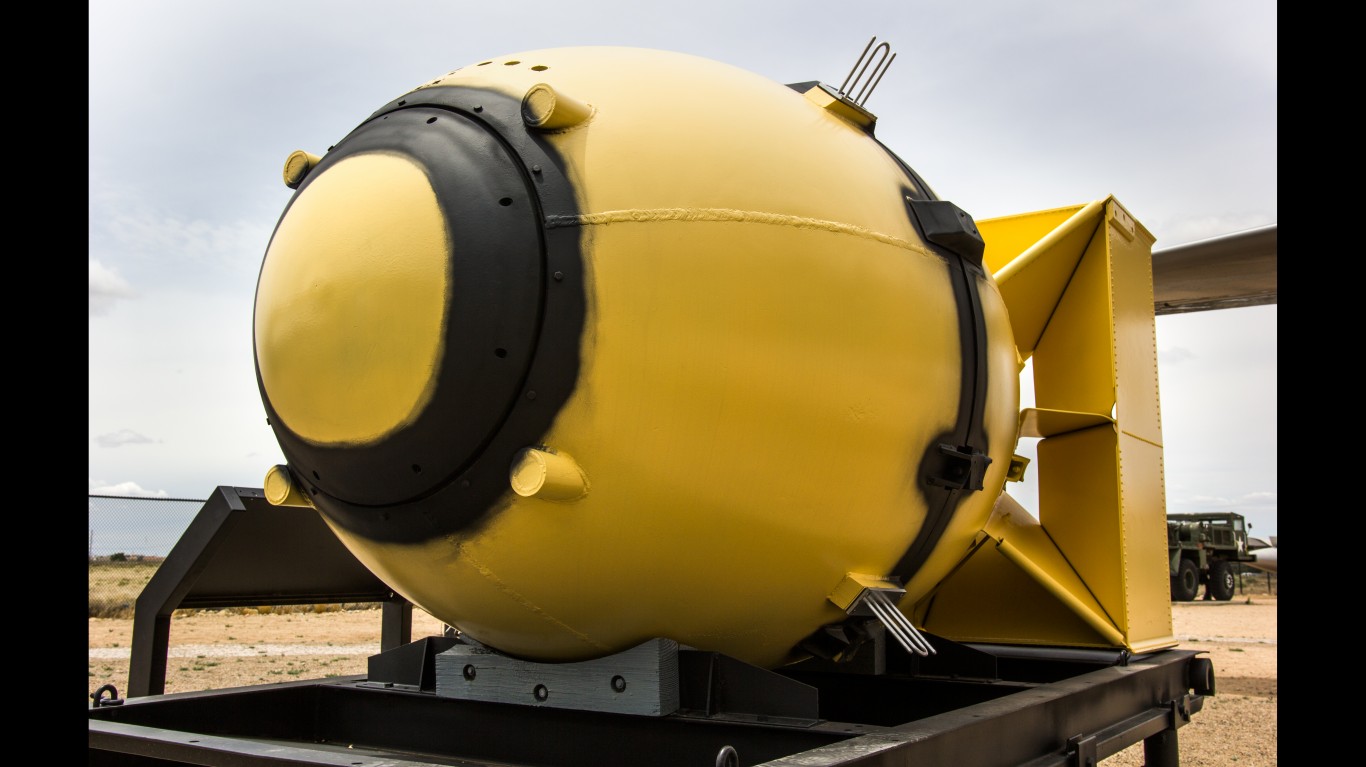
Another alternative discussed was to invite Japanese representatives to observe a demonstration of the bomb in an area without population. Or a bomb could have been detonated at sea within sight of Tokyo or in a relatively unpopulated wilderness area of the country.
Pros: The shock of seeing the weapon’s power may have been enough to force a Japanese surrender without costing more lives.
Cons: U.S. bomb building capacity and uranium supplies were still extremely limited. The military did not want to “waste” a weapon that could be used to advance military objectives. There was no guarantee Japan would surrender even if many bombs were used against cities, much less just from a demonstration. The technology was still experimental. If the test were a dud, it would embolden the Japanese. If a dud fell on Japanese territory or territorial waters, they might be able to retrieve it and reverse-engineer it.

President Truman wanted the bomb used on military targets, and specifically voiced his objections to it killing women and children. The war industries of Hiroshima and Nagasaki were considered legitimate military targets. However, the bombs might have been used instead against a fleet at sea or more isolated bases that were not in civilian population centers.
Pros: Ethically, the U.S. would have been more on the moral high ground if it had not killed so many civilians in the attacks.
Cons: Targeting capabilities were not as advanced as today. It would be easier to miss a target like a fleet of ships than a city. The Americans did not have the materials to build very many bombs at first. Each one might have been necessary to destroy Japanese war-making capabilities if they did not surrender quickly.

An alternative not seriously considered at the time was a conditional, rather than unconditional, surrender. This could have left the Japanese government in control of its home islands while stripping it of its conquests. This could have been combined with a naval blockade to prevent them from further expansion.
Pros: The Allies would have avoided the outlandish casualties that could have accompanied a land invasion, as well as the horrific death toll of the atomic bombs.
Cons: The Japanese would be unlikely to accept this as a permanent solution, but only as a breather to reconstitute their forces for another attempt at conquest. Moreover, they likely would have used it as a chance to work on their own atomic bomb program. A blockade with periodic bombing of Japan to keep their forces reduced would have in essence involved prolonging the war and killing thousands of Japanese citizens for decades, ultimately costing as many or more lives as the atomic bombs. And the American people would protest at making long-term sacrifices for anything short of complete victory.
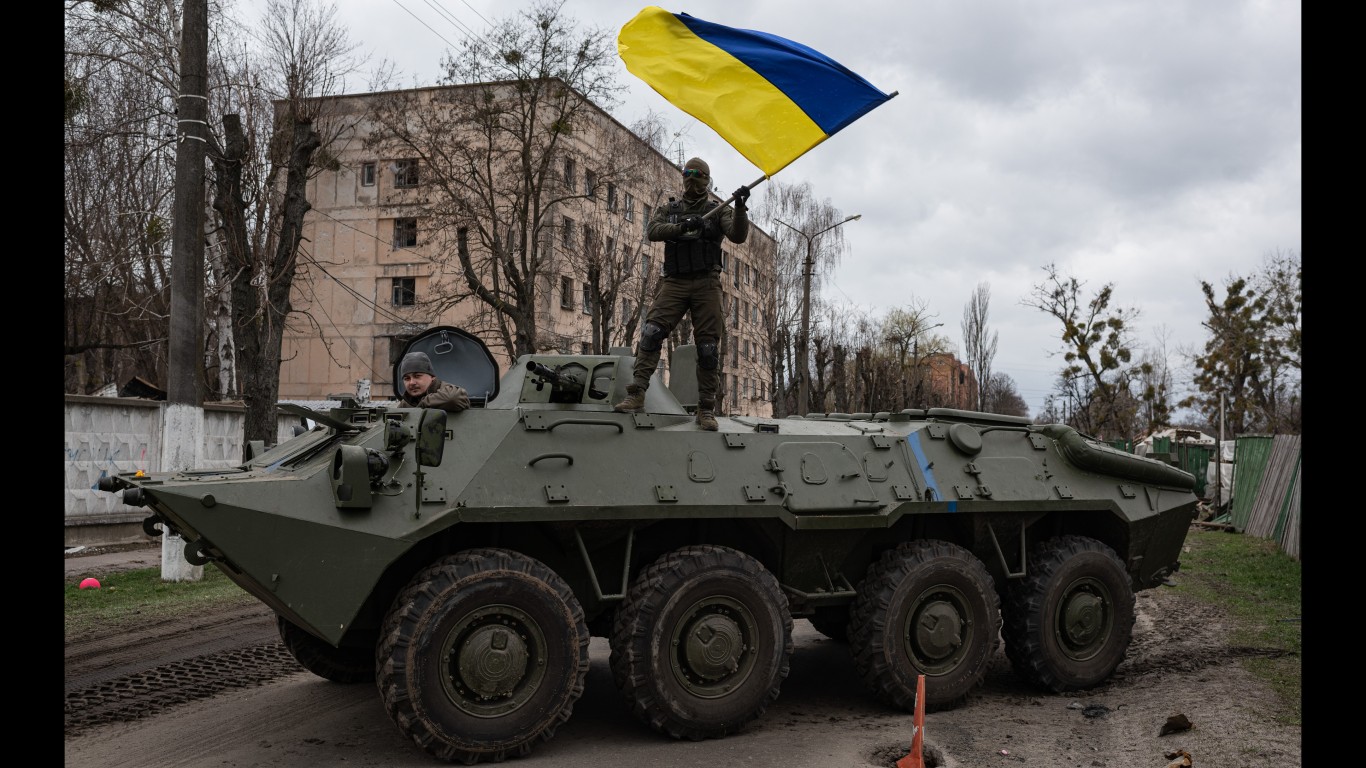
The decision to use atomic bombs made sense to U.S. military planners at the time, who could even see it as a life-saving strategy or at least the lesser of evils. Similar calculations might influence world leaders in four regions of the world today are particularly in danger of nuclear conflict:
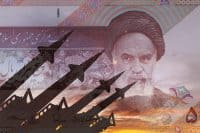
A similar calculus as leaders used to justify nuking Japan could lead to the use of nuclear weapons in today’s conflicts. If the United States withdraws support from Ukraine, Russia might perceive a green light to use tactical nuclear weapons to force a Ukrainian surrender. Israel and the U.S. might conclude that tactical nuclear weapons are the only way to ensure the destruction of deeply-buried Iranian nuclear facilities—a price worth paying to save Tel Aviv or Jerusalem from a future Iranian nuclear attack.
The world has certainly been fortunate to avoid the use of nuclear weapons for nearly 80 years. It’s truly a remarkable feat that no one would have predicted during the high tensions of the Cold War. In a post-Cold War multipolar world experiencing multiple simultaneous crises, though, the use of tactical nuclear weapons might very well become a short-cut more than one country is willing to take. And once the postwar tabo0 of using this weapons is broken down, there’s no telling where the escalation might end.
Retirement can be daunting, but it doesn’t need to be.
Imagine having an expert in your corner to help you with your financial goals. Someone to help you determine if you’re ahead, behind, or right on track. With SmartAsset, that’s not just a dream—it’s reality. This free tool connects you with pre-screened financial advisors who work in your best interests. It’s quick, it’s easy, so take the leap today and start planning smarter!
Don’t waste another minute; get started right here and help your retirement dreams become a retirement reality.
Thank you for reading! Have some feedback for us?
Contact the 24/7 Wall St. editorial team.